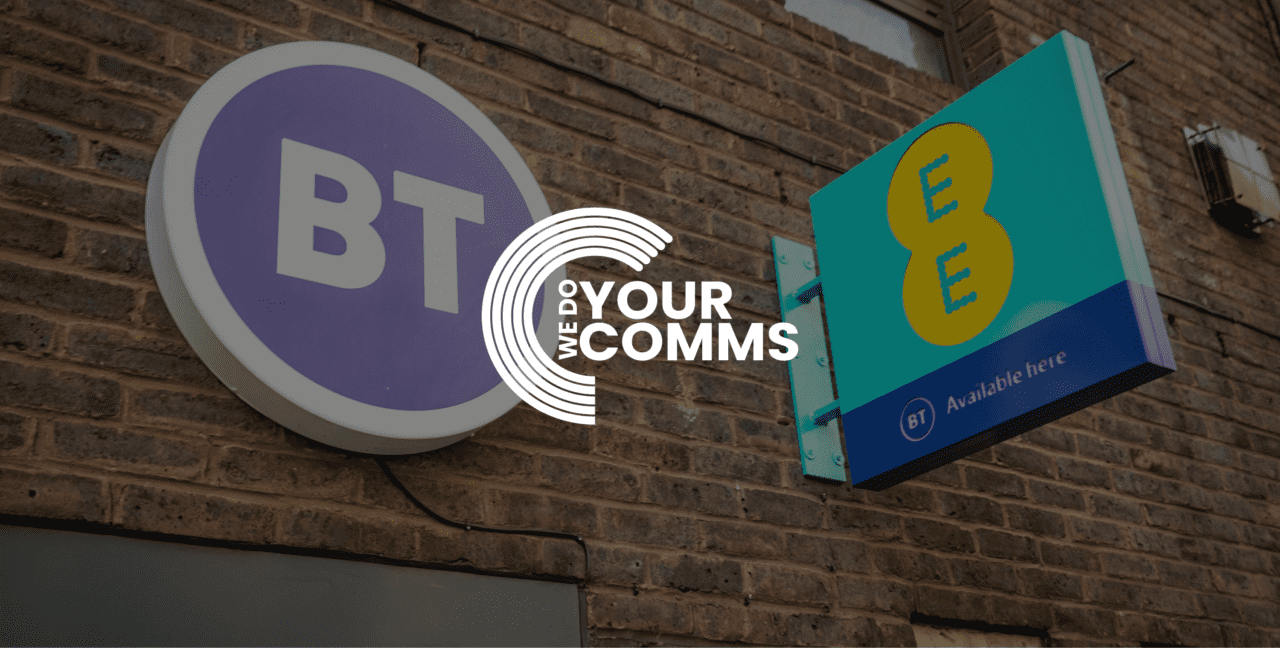

A virtual machine (VM) is a computer system created and managed by software. It can be used to simulate another physical device, such as a PC or server, and run operating systems such as Windows, Linux or macOS. To the user, it looks and behaves just like any other regular computer would—but in reality, it’s actually running on top of a host machine. VMs are popular for creating environments that don’t exist in a physical form and allow users to access them remotely.
You can get your own virtual machine from cloud providers like Amazon Web Services (AWS), Google Cloud Platform (GCP), and Microsoft Azure. They allow you to rent virtual machines on an hourly or monthly basis, so you only pay for what you use. Before you get started, though, make sure to check the pricing plans and terms of service provided by each provider to ensure that they meet your needs.
Virtual Machines can be used for a variety of tasks including:
– Web hosting: You can create a VM with pre-installed web servers like Apache, Nginx or IIS and run websites from it.
– Software development: Some developers prefer to develop their applications in a virtual environment instead of on their local computer. This allows them to quickly deploy their projects without having to worry about system compatibility and other issues.
– Testing: VMs are often used in software testing to test applications on different platforms without having to install them on each system.
– Security: Some companies use VMs as an extra layer of security, allowing users to access a secure environment from outside the network. This can be useful for remote workers who need access to sensitive data or systems.
Examples of uses for virtual computers, therefore, include:
– Running multiple operating systems on a single physical machine.
– Providing virtual desktop infrastructure (VDI).
– Hosting web applications.
– Testing and development of software applications.
– Provisioning isolated environments for security purposes, such as penetration testing.
The pros and cons of using a virtual machine depend on your individual needs and goals. Here are some of the major benefits and drawbacks you should consider when making the decision whether or not to use a VM:
– Easy deployment: Setting up and running a VM is usually much faster and easier than setting up a physical machine.
– Flexibility: VMs offer much more flexibility in terms of operating systems, applications and hardware resources than traditional machines.
– Cost savings: When compared to the cost of buying and maintaining physical servers, renting a VM from a cloud provider can be much cheaper.
– Higher overhead costs: VMs may require more resources from the host machine than regular programs do, so they may consume more power and memory.
– Security risks: If not properly configured, VMs can open your system up to security vulnerabilities that wouldn’t exist on a physical server.
– Compatibility issues: While most operating systems support virtual machines, some software and hardware may not be compatible with them.
Virtual machines can be an excellent way to access resources remotely and save money on hardware costs. However, you should carefully consider the pros and cons before making a decision to make sure that it’s right for your needs. With some research and proper configuration, virtual machines can provide powerful options for businesses of any size.
This website uses cookies to improve your experience. Choose what you're happy with.
Required for the site to function and can't be switched off.
Help us improve the website. Turn on if you agree.
Used for ads and personalisation. Turn on if you agree.
This website uses cookies to improve your experience. Choose what you're happy with.
Required for the site to function and can't be switched off.
Help us improve the website. Turn on if you agree.
Used for ads and personalisation. Turn on if you agree.